from which we rise
from which we rise
show curated by Satpreet Kahlon @ The Alice Gallery, Seattle, WA
May 13 - June 19, 2017
A collection of 15 pieces made by 15 different artists from 7 families - exploring the legacy of fiber, matriarchal tradition, and craft through intergenerational connectedness.
Exhibitors:
Nazha Barakat
Nicole Barakat (Sydney, Australia)
Sónia Barreiro (Amsterdam, Netherlands)
Pat Courtney-Gold
Lubna Din (London, UK)
Shafqat Din
Ka'ila Farrell-Smith (Portland, OR)
Tsang Miu Guen
Kulwinder Kahlon (Victorville, CA)
Manjit Kaur (Amritsar, Punjab, India)
Caroline Mak (Brooklyn, NY)
Beverly O’Mara
Markel Uriu (Seattle, WA)
Reverand Miyeko Kawata Uriu
Writer in residence: afrose fatima ahmed
installation shot of show
For this intergenerational exhibition, Alice curator Satpreet Kahlon asked seven contemporary artists to create new work that explores the artists’ family legacies, as they are tied to fiber and craft. To assemble a more complete picture of familial history, each artist selected a piece of traditional fiber-based work done by a matriarch in their family and created a new work in response to that piece.
What results is a 15-person group show that pairs and recontextualizes new, contemporary works with older works that are often labeled as craft, and therefore devalued when viewed through a traditional, patriarchal white lens. By tracing family lineage and cultural survival through textiles, from which we rise hopes to distrupt and call into question the gendered, racialized, and often arbitrary distinctions between art and craft that are rooted in the colonial gaze.
By giving the artists in the show a chance to dictate and narrate their own connections to their cultural legacy, the show hopes to shift the traditional power balance that exists between curator and artist, and broaden the often narrow, tokenizing and one-dimensional, narrative about non-Eurocentric intergenerational exchange that takes place in traditional white box spaces.
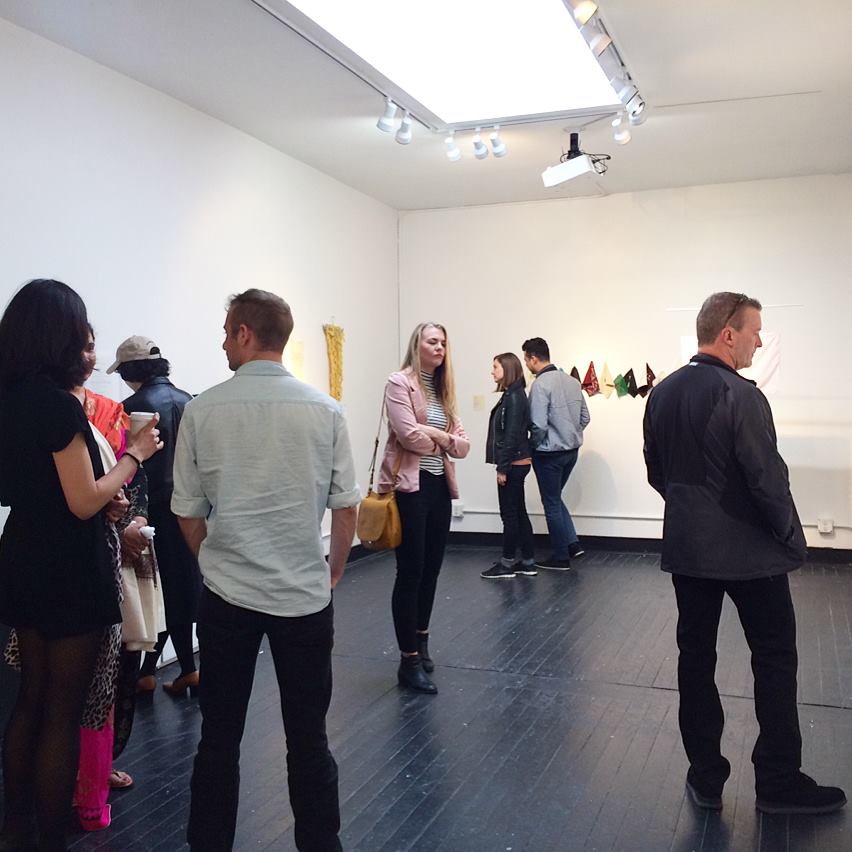
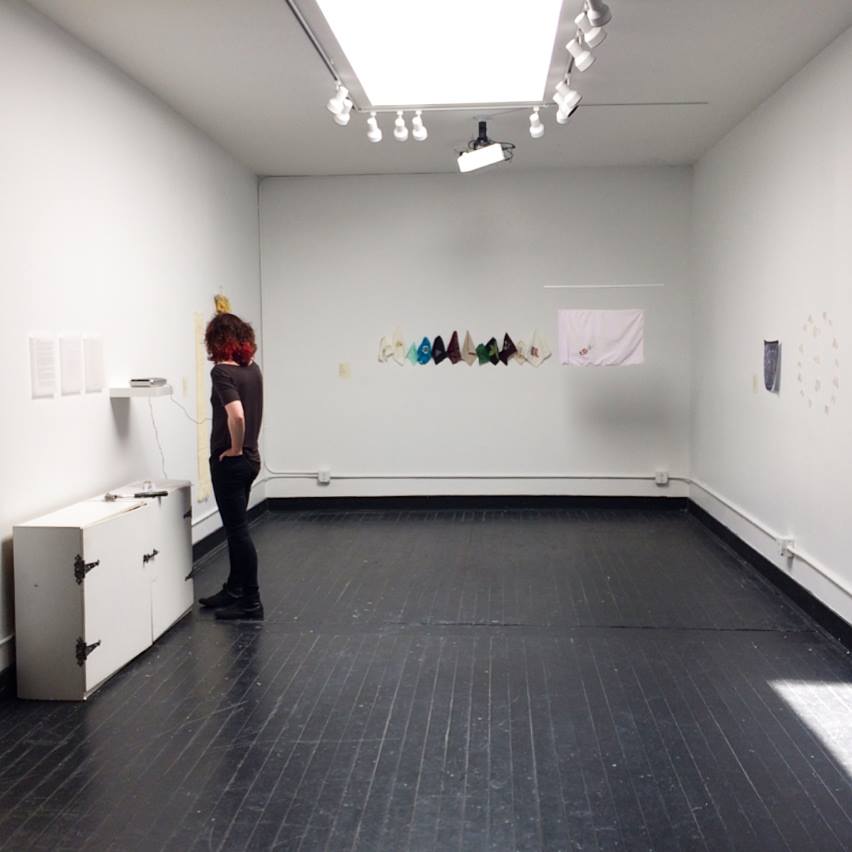
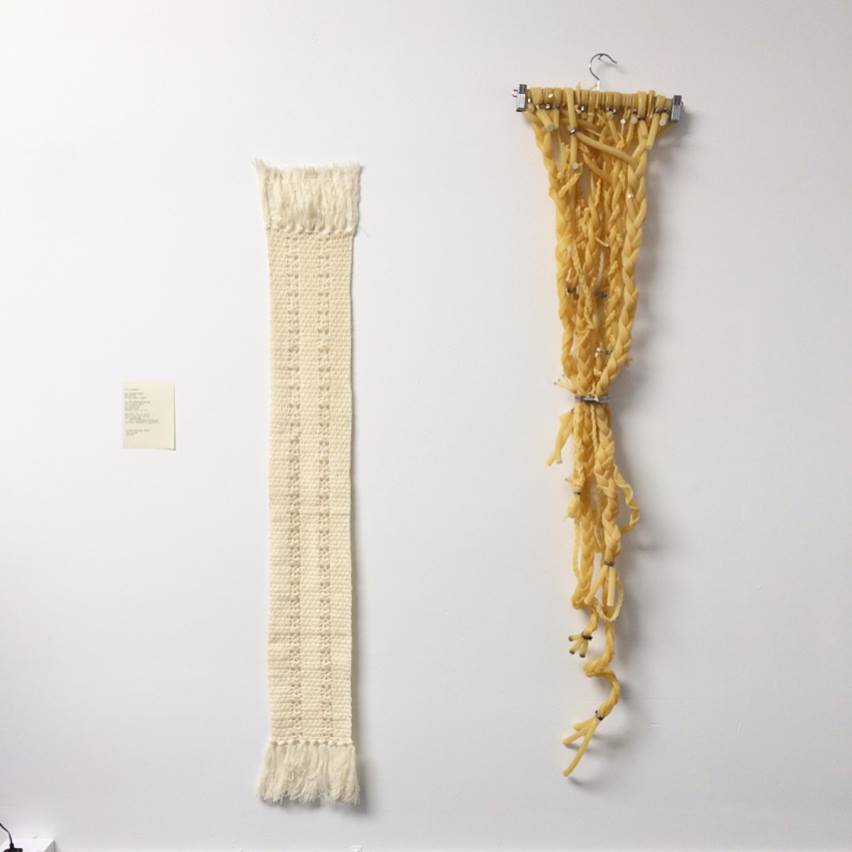
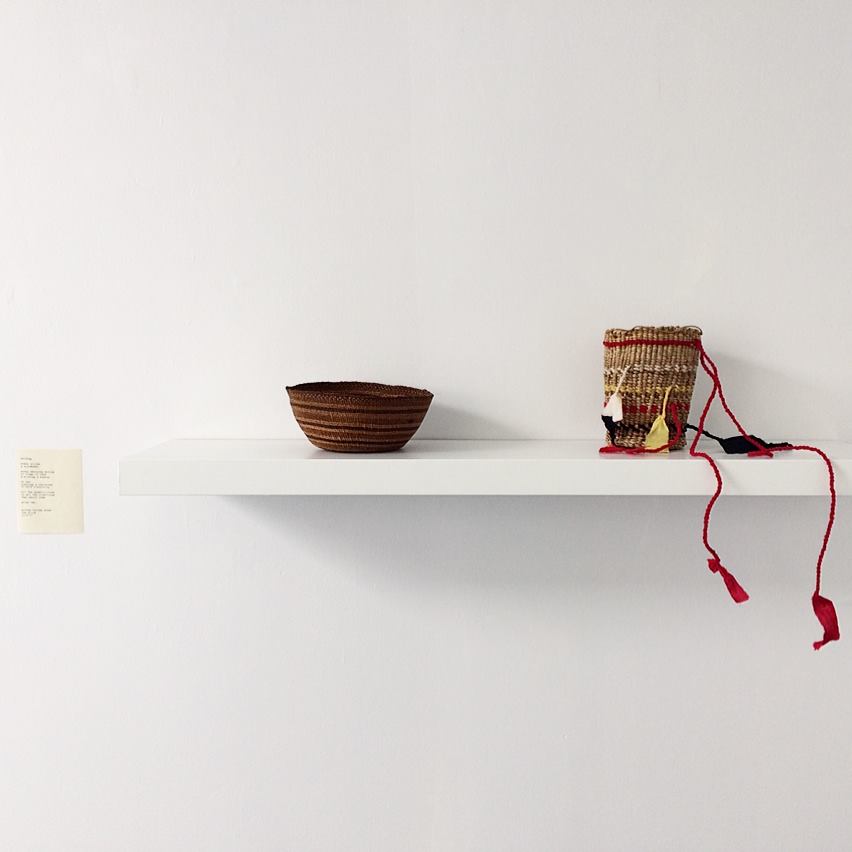
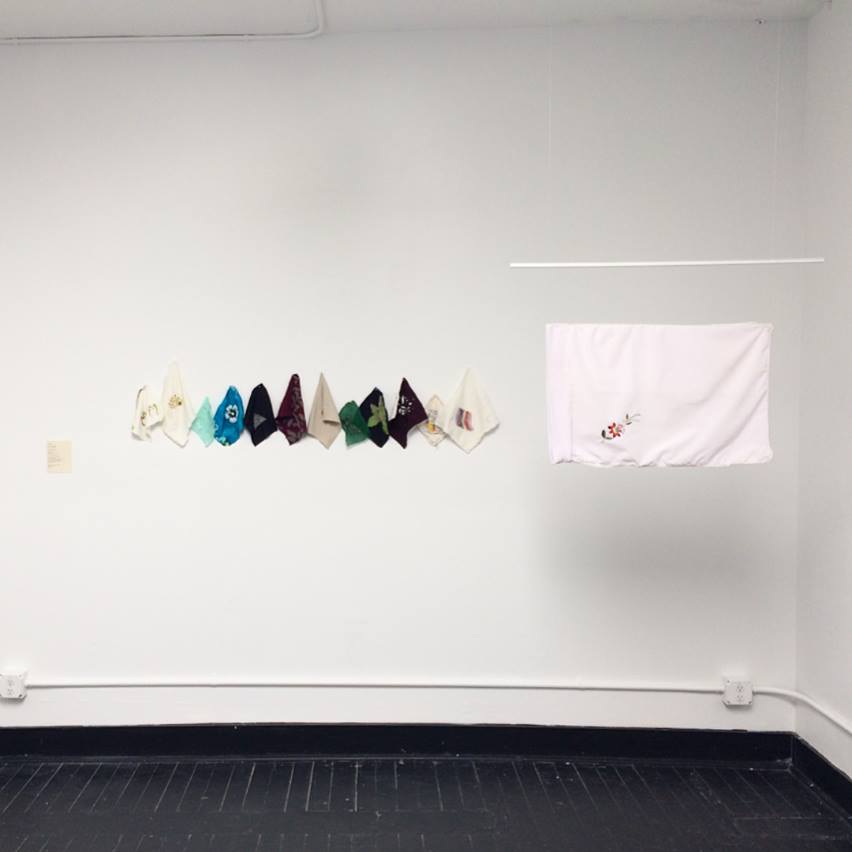
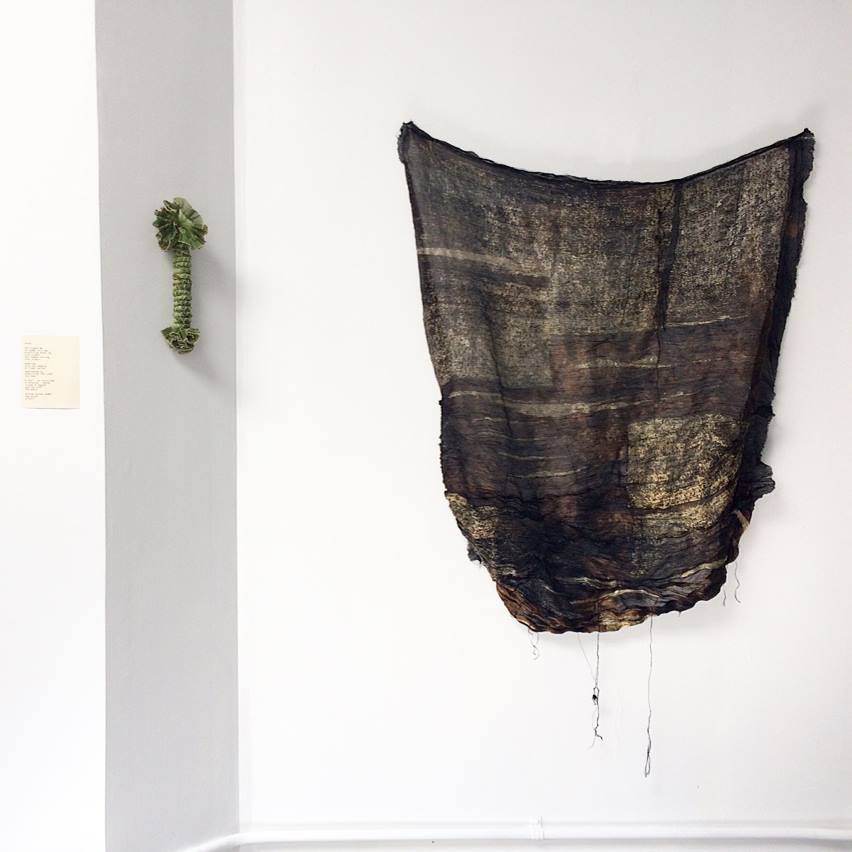
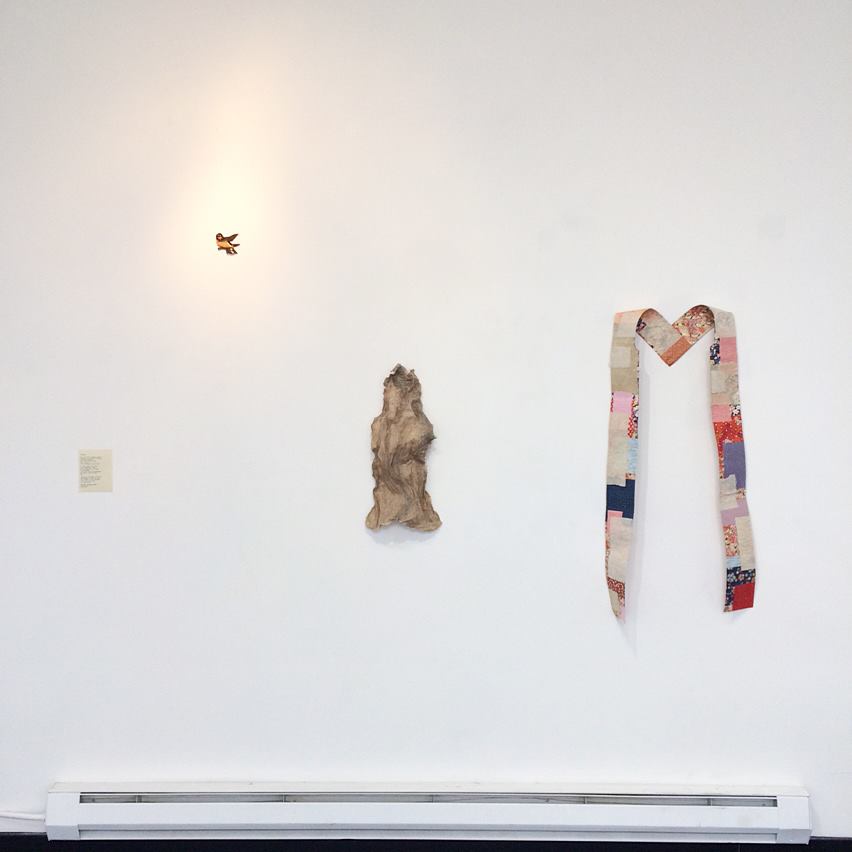
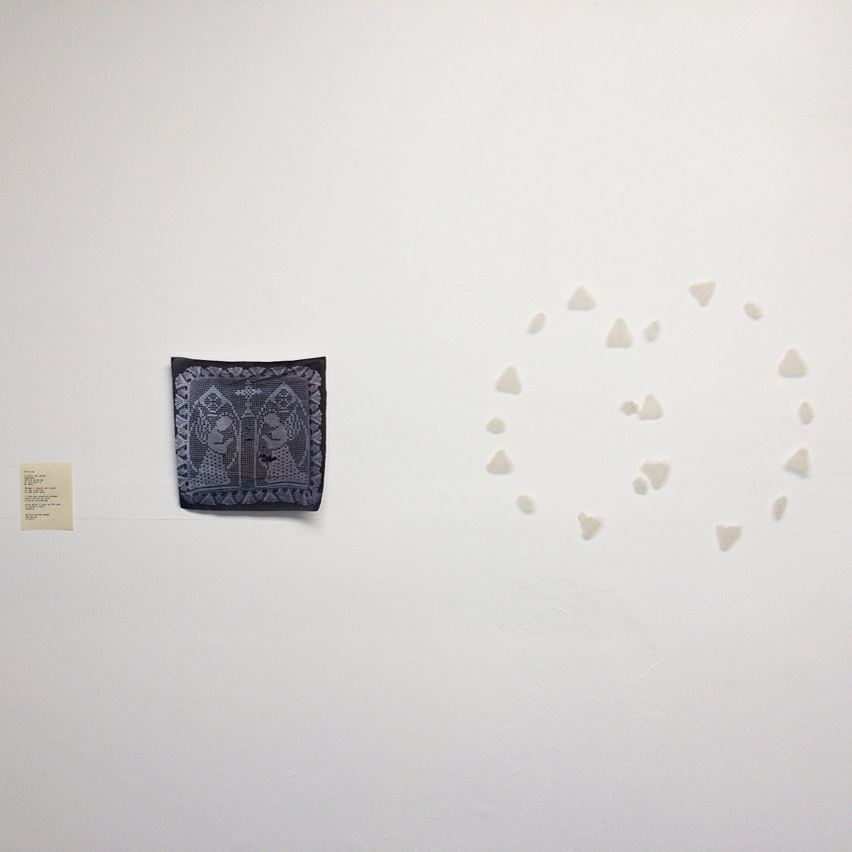
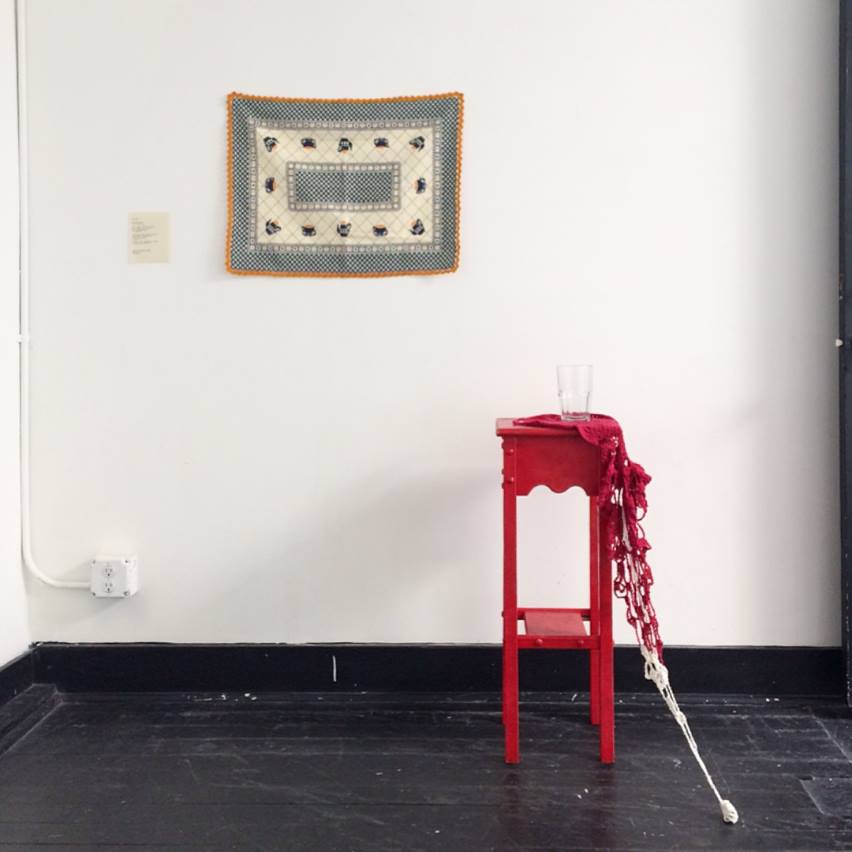
Curator's Statement
before I knew hardly anything at all, I knew I wanted to remember. it is the reason that I started to write and the reason that I began making art, so it is only natural that the act of remembrance plays such a big role in my first curatorial project.
from which we rise is born of a desire to remember those who are so often forgotten, value that which is so often devalued, and honor the quiet labor of the hands that did whatever they had to do in order for us, their descendants, to exist, with pride, in a space that has historically not belonged to us.
for this show, I asked seven artists who were already working with the themes of lineage and fiber in some capacity to choose a work done by a matriarch in their family line, and to then create a new piece in response to their selection.
the care and tenderness that each artist put into this prompt is evident in the resulting work. Nicole Barakat (Sydney, Australia), stitched the patterns of the edges of her grandmother’s crochet pieces with her own hair, which she has been collecting for years. Markel Uriu (Seattle) responded to both a wooden bird that her paternal grandmother made in a Japanese internment camp in the united states, as well as a molded paper piece that was made by her mother, who is also an artist. The resulting piece is a testament to Markel’s desire to honor and know the differing sides of her family lineage.
each one of the pieces in this show is a part of a deeply personal, but universal, history of love, loss, and lineage. by hanging each piece with its family pair, from which we rise hopes to give viewers a more nuanced view of histories that are so often tokenized and erased.
in addition, pairing the new and old pieces recontextualizes works that are often labeled as craft, and therefore devalued when viewed through a traditional, patriarchal white lens. by giving space to and honoring the legacy of textiles in the role of cultural survival and family legacy, this show hopes to disrupt and call into question the gendered, racialized, and often arbitrary distinctions between art and craft that are rooted in the colonial gaze.
this show is so important to me for so many reasons. it is my curatorial debut, yes, but more importantly, it is a natural extension of my lifelong desire to hold the past tenderly to my heart, and to always remember: the value of my ancestors, the too often silent wisdom of my matriarchs, and the delicate, resilient beauty of everyone’s stories — each one worthy of commemoration.
-Satpreet Kahlon

